Phoenix canariensis, commonly known as the Canary Island date palm, is a species of palm native to the Canary Islands, Madeira, and the Azores. It is renowned for its stately appearance and is often used as an ornamental tree in tropical and subtropical regions around the world.
Here are some key details about Phoenix canariensis:
- Appearance: It has a tall, single trunk that can grow up to 20 meters (66 feet) or more. The trunk is usually ringed with scars from fallen leaves. The crown is composed of long, arching, pinnate fronds (feather-like leaves) that can grow up to 5 meters (16 feet) long.
- Flowers and Fruit: It produces small, yellowish flowers arranged in large inflorescences. These eventually give way to small, reddish-brown dates, though they are typically not as edible as those from Phoenix dactylifera (the common date palm).
- Climate: The Canary Island date palm thrives in full sun and well-drained soils. It is highly drought-tolerant once established but prefers moderate water. It can tolerate a range of temperatures, but frost can damage the plant.
- Uses: In addition to being a popular ornamental tree, Phoenix canariensis has been used for its fronds in traditional crafts, and its fruit can be eaten, though it’s typically not cultivated for commercial purposes.
This palm is also highly valued for its resilience and striking appearance in landscapes, making it a common feature in parks, streetscapes, and coastal environments.
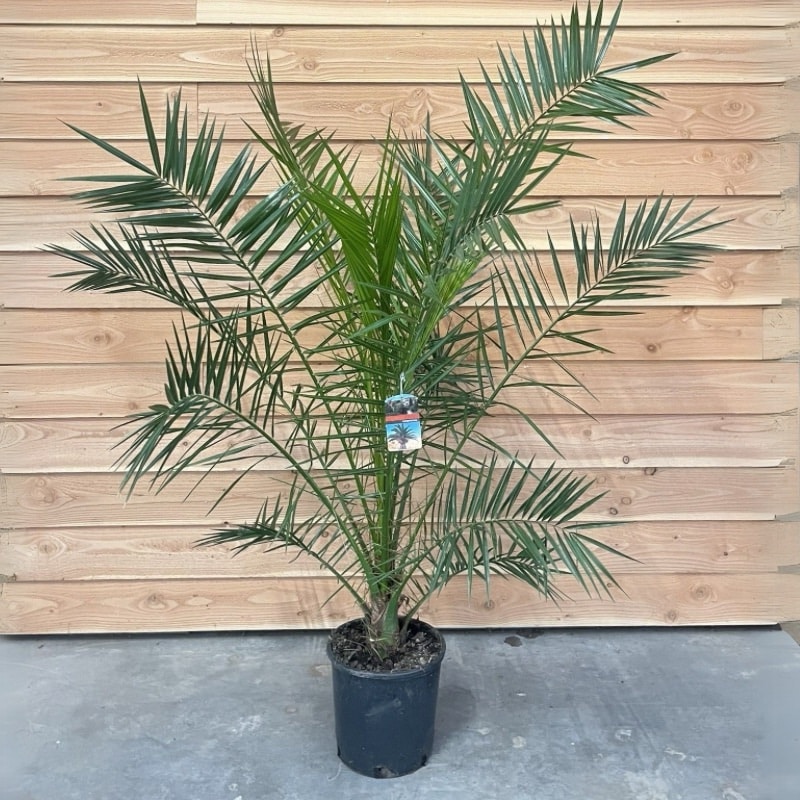
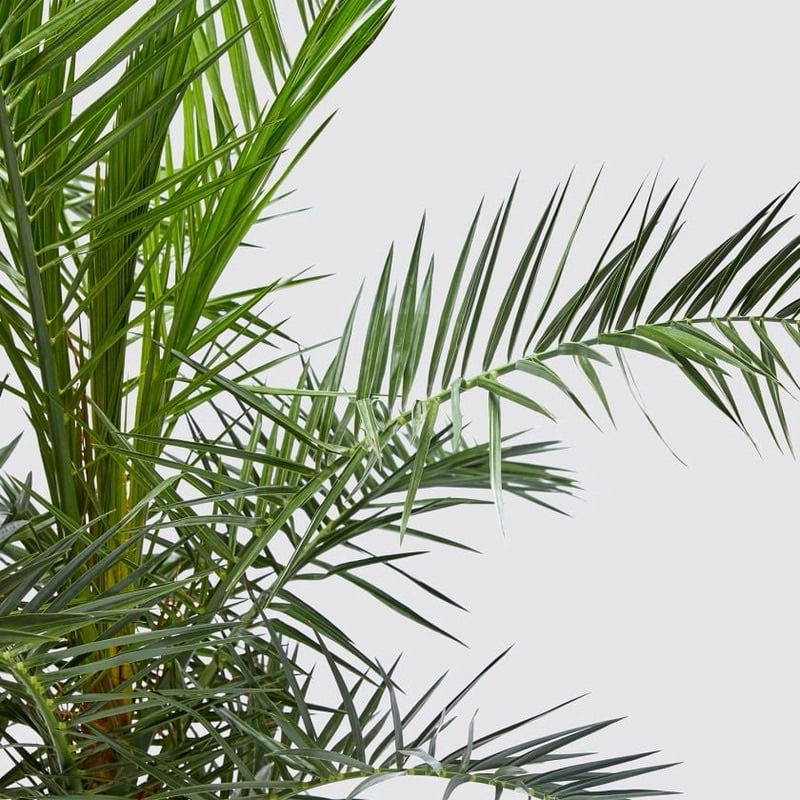
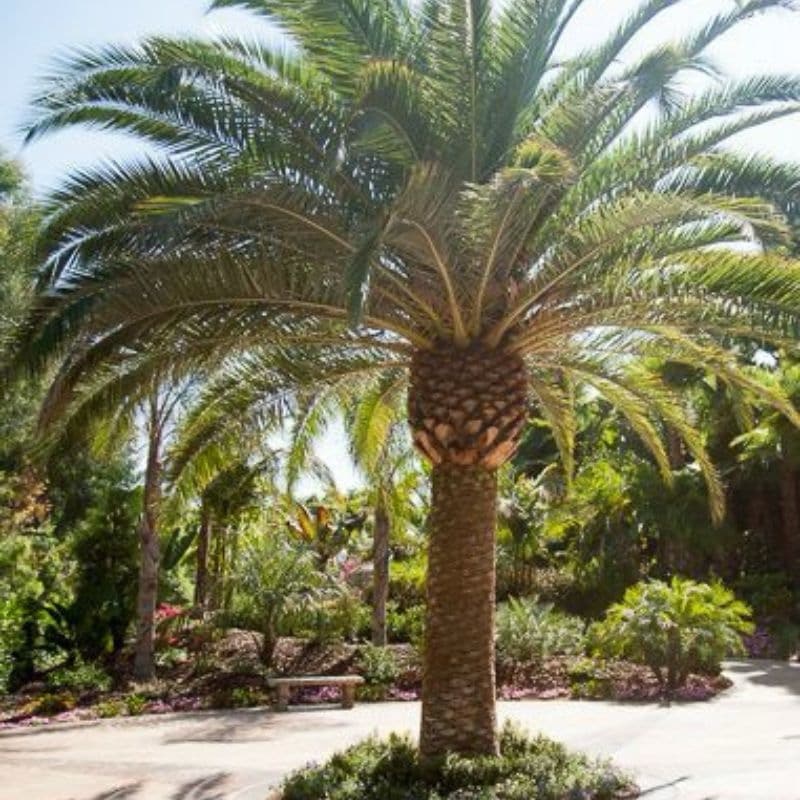




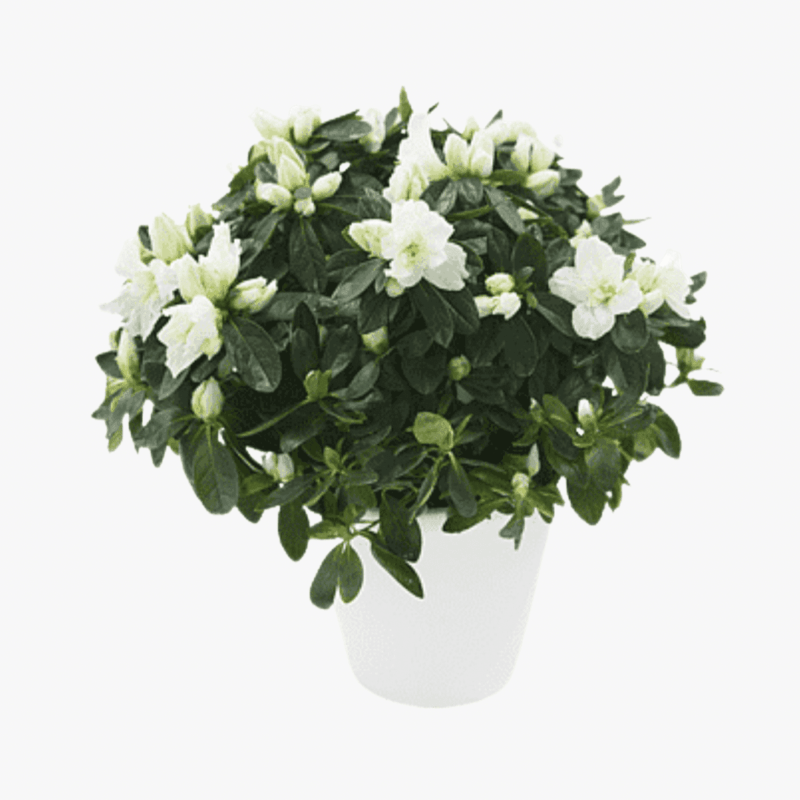
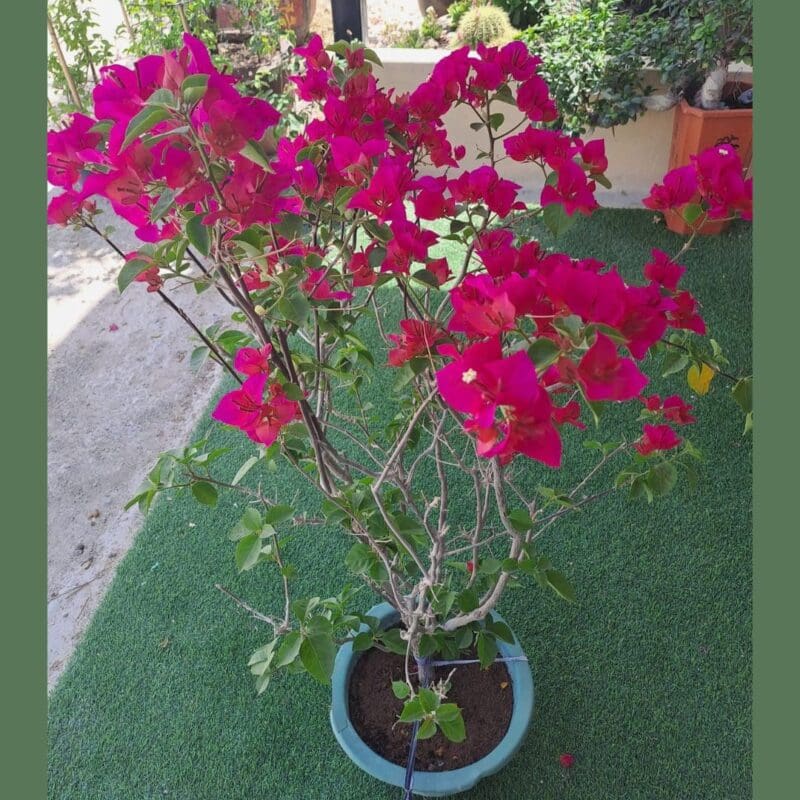



Nadin Ellias –
Arrived well healthy , they were very nice, planted the day after I received them. So far, they are doing good.
Abdulrahman –
Nice plant🙌